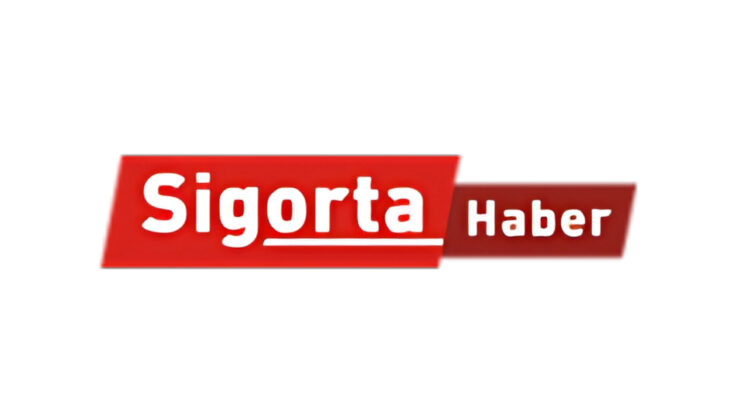

Fitch Ratings has confirmed the Canadian Imperial Bank of Commerce’s (CIBC) Long-Term Issuer Default Rating (IDR) at ‘AA-‘ and Short-Term IDR at ‘F1+’, maintaining a stable outlook. This affirmation extends to CIBC’s subsidiaries, including CIBC Bank USA, CIBC Capital Markets (Europe) S.A., CIBC World Markets Limited, CIBC Capital Trust, and Canadian Imperial Holdings, Inc.
CIBC, Canada’s fifth-largest bank, boasts a diversified business model and a strong foothold in the Canadian affluent mass market. The bank’s commercial banking and wealth management segments significantly contribute to its success. Residential mortgages, which constitute about 50% of CIBC’s loan portfolio, highlight the bank’s notable concentration in this area compared to its peers.
Heavily influenced by its Canadian operations, CIBC generates most of its assets and earnings domestically. The bank’s loan growth exceeded its peers during the pandemic, albeit slowing in 2024. By the second quarter of 2025, CIBC’s loan portfolio experienced a 6% year-on-year growth, aligning with industry norms.
Although the direct effect of US tariffs on CIBC’s commercial and corporate loans may be less than its peers, the bank could face challenges from a weakened Canadian economy due to its greater exposure to Canadian consumers. To counter potential risks, CIBC is scrutinizing its portfolio for sectors directly impacted by tariffs and devising risk mitigation strategies.
CIBC’s gross non-performing loan ratio increased to 57 basis points by the second quarter of 2025, up from 52 basis points in prior years. Most of these loans reside in the consumer portfolio, especially mortgages. However, the low loan-to-value ratios suggest limited potential losses. The bank has successfully restructured its US commercial real estate portfolio, shifting focus from office to the commercial and industrial sectors.
Throughout 2024, CIBC maintained profitability improvements, driven by swift resolutions of US commercial real estate distressed loans and various efficiency initiatives. Like its peers, CIBC saw a rise in trading income in early 2025 due to market volatility related to tariff uncertainties. However, this trend is expected to normalize, and capital market outcomes should stabilize.
To address tariff risks, CIBC increased performing provisions amidst deteriorating base case indicators. As in the broader industry, further provision increases are anticipated for the rest of 2025. CIBC’s CET1 ratio remains robust at 13.4% in the second quarter of 2025, surpassing the regulatory minimum of 11.5%. The bank intends to maintain a buffer of at least 75 to 100 basis points above regulatory requirements to support organic growth, potentially increasing this buffer if economic uncertainties persist.
CIBC’s loan-to-deposit ratio stood at 101% as of the second quarter of 2025, aligning with peer averages. The bank continues to witness steady deposit growth in its Canadian and US operations, underpinned by a large retail customer deposit base and diversified wholesale funding channels.
Fitch does not foresee a rating upgrade in the near term due to its assessment of the Canadian operating environment. A positive reassessment would necessitate a sustained reduction in vulnerabilities related to Canadian household indebtedness and high house prices. Conversely, negative rating pressure could emerge if residential mortgage concentration exceeds 60% of gross loans, non-performing loans surpass 1% of gross loans, the CET1 ratio consistently approaches or falls below 12%, or if there are significant trading, behavioral, or operational losses.
This article was crafted and refined with the assistance of artificial intelligence and underwent editorial review. For further details, please consult our Terms and Conditions.
KÖŞE YAZILARI
1 gün önceSİGORTA
1 gün önceDÜNYA
1 gün önceDÜNYA
1 gün önceDÜNYA
1 gün önceSİGORTA
1 gün önceSİGORTA
2 gün önceSİGORTA
2 gün önceBİLGİ
5 gün önceSİGORTA
5 gün önce 1
DJI Mini 5: A Leap Forward in Drone Technology
19702 kez okundu
1
DJI Mini 5: A Leap Forward in Drone Technology
19702 kez okundu
 2
xAI’s Grok Chatbot Introduces Memory Feature to Rival ChatGPT and Google Gemini
14018 kez okundu
2
xAI’s Grok Chatbot Introduces Memory Feature to Rival ChatGPT and Google Gemini
14018 kez okundu
 3
7 Essential Foods for Optimal Brain Health
12904 kez okundu
3
7 Essential Foods for Optimal Brain Health
12904 kez okundu
 4
Elon Musk’s Father: “Admiring Putin is Only Natural”
12760 kez okundu
4
Elon Musk’s Father: “Admiring Putin is Only Natural”
12760 kez okundu
 5
Minnesota’s Proposed Lifeline Auto Insurance Program
10636 kez okundu
5
Minnesota’s Proposed Lifeline Auto Insurance Program
10636 kez okundu
Sigorta Güncel Sigorta Şikayet Güvence Haber Hasar Onarım Insurance News Ajans Sigorta Sigorta Kampanya Sigorta Ajansı Sigorta Sondakika Insurance News